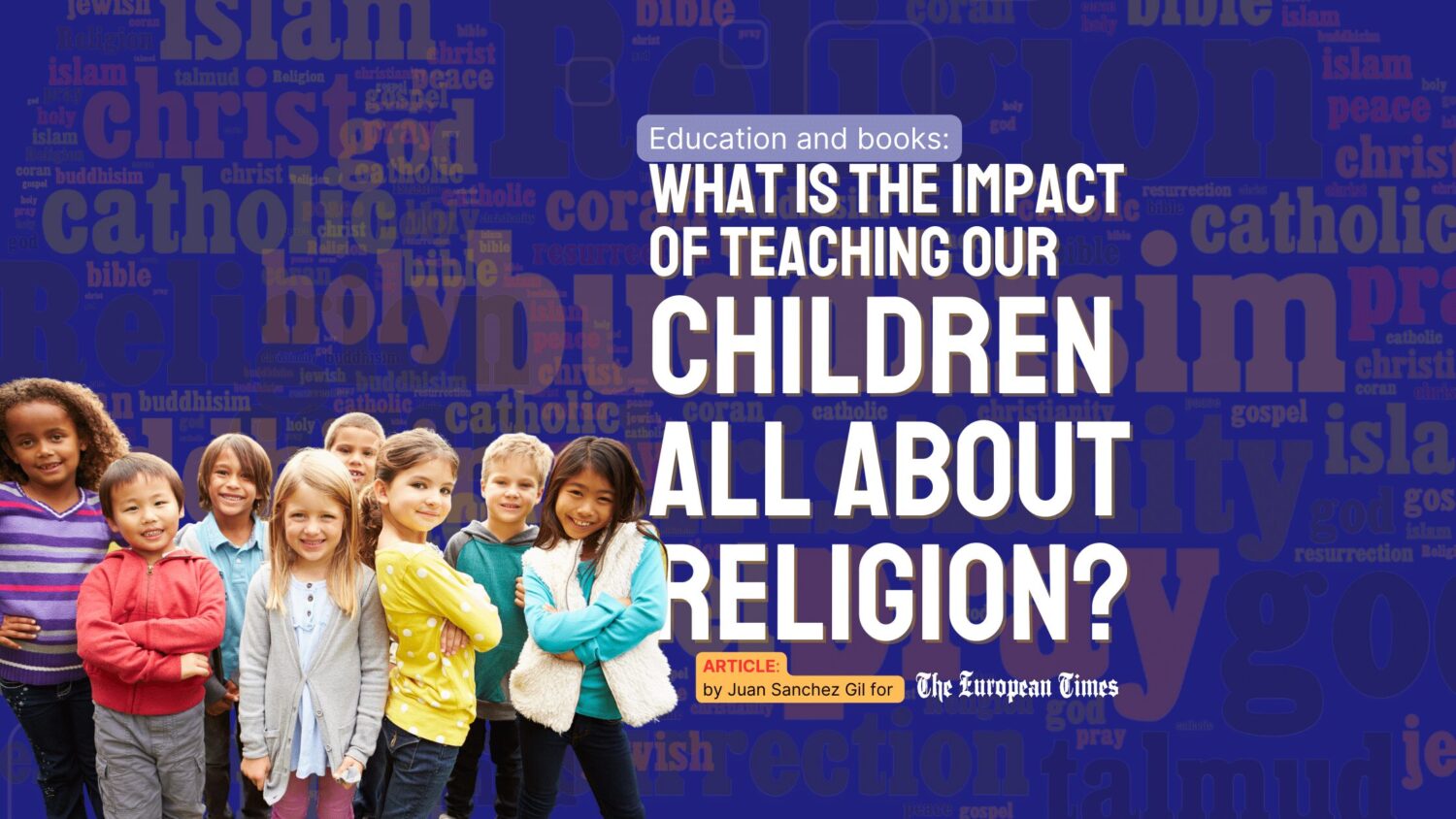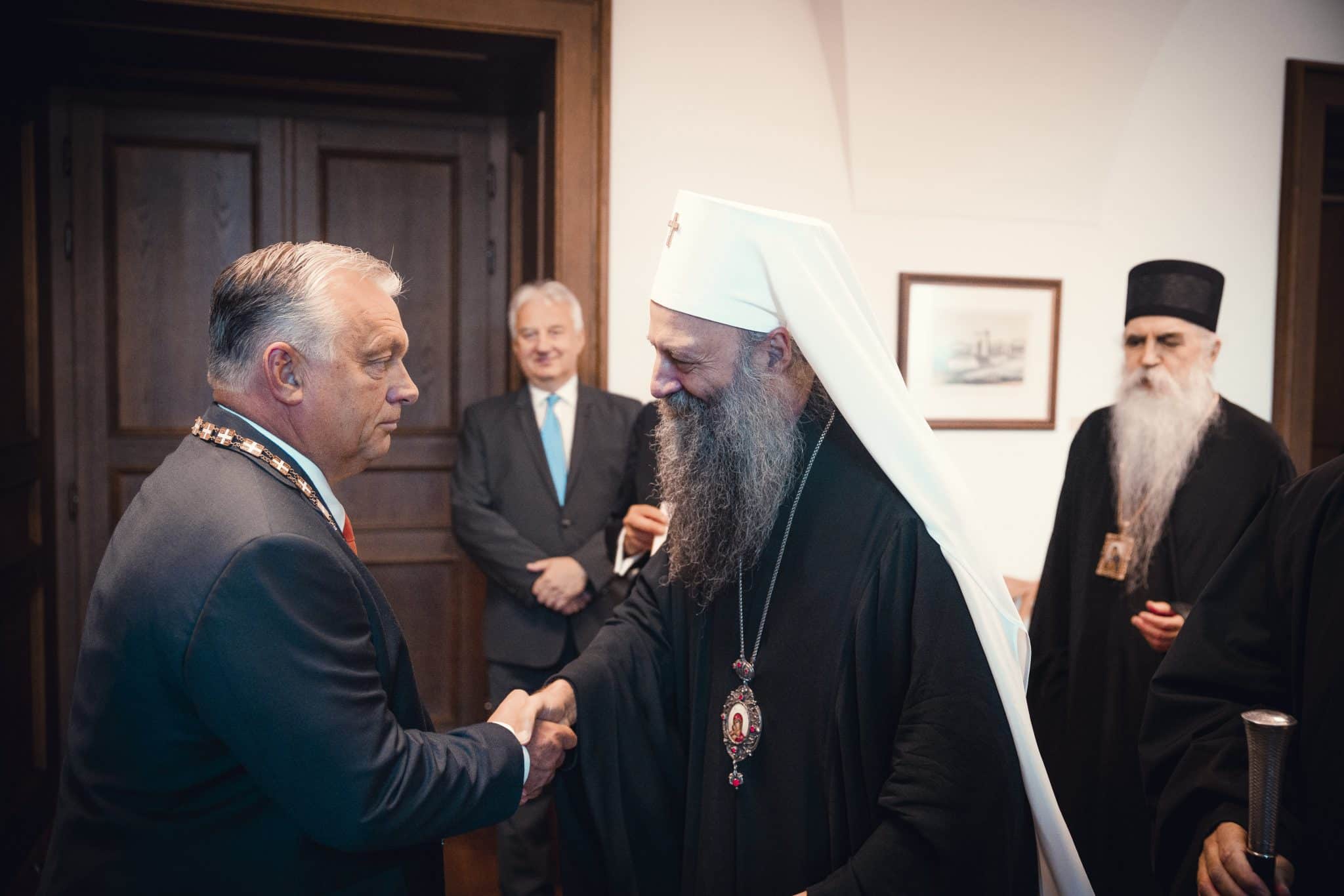In a world where not all about religion is known and religious diversity is becoming increasingly prevalent, it’s important to teach children the importance of respecting all of them (and there are some good books for it). By doing so, we can promote understanding and tolerance, and help children develop a sense of empathy and compassion towards those who may have different beliefs than their own. In this article, we’ll explore the impact of teaching children respect for all religions.
Why teaching children about religious diversity is important.
Teaching children all about religion and religious diversity is important because it promotes respect and understanding for all faiths. It helps children develop empathy and compassion towards those who may have different beliefs than their own. It also helps to break down stereotypes and prejudices that can lead to discrimination and intolerance. By teaching children about different religions, we can create a more inclusive and accepting society where everyone feels valued and respected.
How to introduce religious diversity to children.
Introducing religious diversity to children can be done in a variety of ways. One way is to read books that feature characters from different religions or cultures. Another way is to attend cultural events or festivals that celebrate different religions. It’s important to approach the topic in a respectful and age-appropriate manner and to encourage children to ask questions and share their own experiences and beliefs. By creating a safe and open environment for discussion, children can learn to appreciate and respect the diversity of religious beliefs and practices.
I run into a quite simple yet complete book (there are others) that covers the subject quite well, and it is titled “All About Religion“, by the publishing house DK (which by the way would be good that translates it and publishes it in other languages). It answers questions such as Where did the first religion originate and what was its name? What exactly is atheism? Why do some individuals don turbans? This book provides answers to these and many other questions about religion for children who pose difficult questions.
In my view “All About Religion” is an ideal introduction to the world’s major religions, including Christianity, Islam, Judaism, Hinduism, Scientology, Jainism, Buddhism and more, and features a foreword by Aled Jones, a well-known radio and television personality. The book traces the history of various religions and faiths throughout the globe and simplifies difficult topics into digestible sections.
From the earliest beliefs to contemporary religious movements and spirituality, All About Religion presents the facts objectively. A child can learn about various religious texts, get familiarised with places of worship, and discover why adherents of some religions consume certain foods and don particular attire. In fact, this small book of 96 pages promotes understanding, tolerance, and respect for persons of all faiths.
I must say that, while aimed at children, this work would do good also to many experts in the fields of Freedom of Religion or Belief, and mass media, who don’t necessarily apply their expertise when it comes to movements that have been vilified by people in governments or media.
The benefits of teaching children about religious diversity.
Teaching children about religious diversity has numerous benefits. It promotes respect and understanding for all faiths, reduces prejudice and discrimination, and encourages empathy and compassion. It also helps children develop critical thinking skills and a broader perspective on the world. By learning about different religions, children can gain a better understanding of their own beliefs and values, as well as those of others. This can lead to greater tolerance and acceptance, and ultimately, a more peaceful and harmonious society.
Addressing potential challenges and misconceptions.
While teaching children about religious diversity is important, it can also present some challenges and misconceptions. Some parents and educators may worry about offending or confusing children with different beliefs, while others may fear that teaching about other religions will undermine their own faith. It’s important to address these concerns and provide clear and accurate information about different religions in a respectful and age-appropriate manner. By doing so, we can help children develop a deeper understanding and appreciation for the diversity of beliefs and cultures in our world.
Encouraging open-mindedness and empathy in children.
Teaching children about religious diversity can have a profound impact on their development of open-mindedness and empathy. By exposing children to different beliefs and cultures, they can learn to appreciate and respect the differences in others. This can lead to a greater sense of empathy and understanding, which can help to reduce prejudice and discrimination. Additionally, teaching children about religious diversity can help to promote critical thinking skills and encourage them to ask questions and seek out information about different beliefs and cultures. Overall, teaching children about religious diversity is an important step in promoting a more tolerant and inclusive society.












